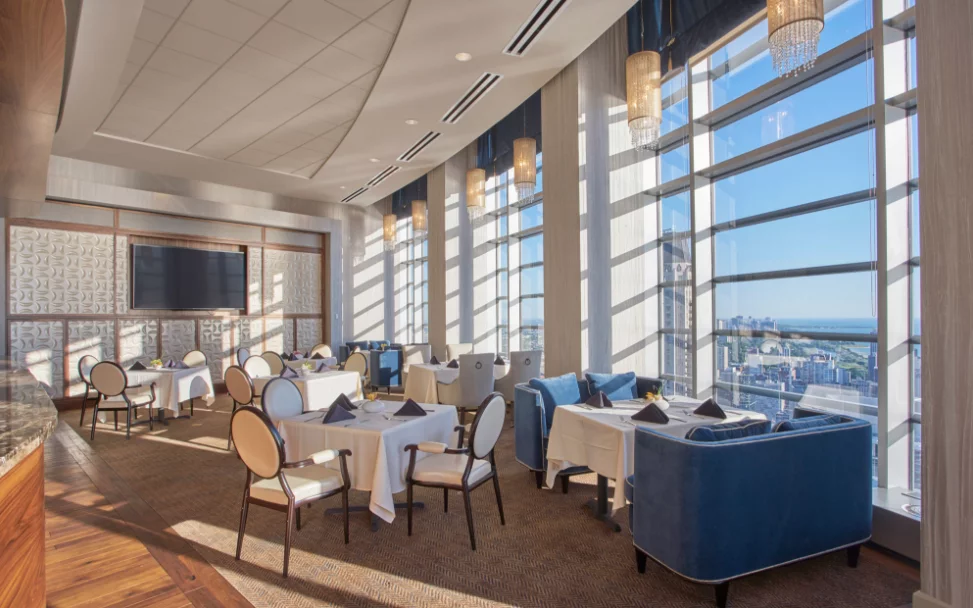Good times are here for many continuing care retirement communities (CCRCs).
The boom times for CCRCs—or “life plan communities,” depending on who you ask—was predicted earlier this year by Marcus & Millichap. The national real estate brokerage firm anticipated that CCRCs would be the only senior housing asset class to see an overall increase in occupancy in 2017.
CCRCs are currently less vacant than communities that do not offer a full continuum of senior living and care. The occupancy rate for assisted living properties averaged 86.6% during the third quarter of 2017, according to NIC data. Meanwhile, the occupancy rate for CCRCs during that same time was 90.8%, which represents a 30 basis points increase from last year’s rate.
A healthy housing market and ever-climbing share values might help explain why more seniors are choosing to live in CCRCs over standalone communities in many markets, according to Lisa McCracken, senior vice president of senior living research and development at Chicago-based speciality investment bank Ziegler.
“Often, the sale of the home provides funds for the entry fee,” McCracken told Senior Housing News. “[And] If they have greater spending capacity because of their investments, that can have a positive impact on the decision to move into a CCRC.”
CCRCs in the Northeast, mid-Atlantic and Pacific regions have the highest occupancies, while those in mountain states and in the Southwest have lower occupancies, she added.
Non-profit CCRCs also seem to be having an even better year than their for-profit counterparts.
“We know that, while the not-for-profits slowed down post-recession with developing new community locations, they spent a good bit of time reinvesting in their current campuses,” McCracken said. “I think that is why we’ve seen occupancy rebound, and we know that not-for-profit CCRC occupancy is 5% above the for-profit owned and managed CCRCs.”
Flying high
If CCRCs are rocket ships—as Chris Bird, president of entry fee and owner relations at Brookdale Senior Living (NYSE: BKD) put it earlier this year—then many providers are in the boost phase.
The RiverWoods Group, a non-profit organization that owns and manages three CCRCs in Exeter, New Hampshire, is currently plotting a fourth in nearby Durham. That location—which is slated to have 294 units and a bevy of upscale amenities—recently moved up its opening date from 2020 to 2019 due to high demand, according to Cathleen Toomey, vice president of marketing at RiverWoods.
“The response has been phenomenal,” Toomey told SHN. “We had 600 people sign up in about a six-week period. It was beyond what our past experience has been.”
The bullish outlook also has many providers thinking big—sometimes literally, as with the case of Indianapolis nonprofit BHI Senior Living. The provider recently sold the last of 30 newly constructed, 4,100-square-foot duplexes at its 395-unit Hoosier Village community in Indianapolis.
“We had a tremendous response from the market,” BHI president and CEO John Dattilo told SHN earlier this month. “All of the units had deposits on them before we even started to build, and that was just a matter of a couple months.”
Even CCRCs that seemed to be struggling after the Great Recession have found their footing. The Clare, a CCRC in downtown Chicago (pictured above) that underwent a multi-million dollar makeover in 2015 after declaring bankruptcy years prior, is now nearing 100% occupancy, according to executive director Kyle Exline.
“I think when you see a strong economy and a strong housing market, you tend to see the CCRC model be more attractive,” Exline told SHN. “In a down economy, people tend to think that a rental community is the right option for me. It tends to ebb and flow as the economy goes.”
Turbulence and trouble
Still, some industrywide challenges remain despite robust demand. For example, staffing and labor woes remain one of the senior living sector’s greatest hurdles.
For non-profit providers, 33% said labor cost pressure was among the greatest financial challenge to the industry, according to the latest Ziegler CFO Hotline report.
And many companies—though not all—still don’t know what to do with their post-acute units amid turmoil in the skilled nursing industry. Across the country, many CCRCs are downsizing their skilled nursing wings and focusing on more profitable assisted and independent living wings.
Pricing plans might also prove to be a ticking time bomb, with one analyst suggesting providers should re-examine the type-A, or “life care,” pricing model.
Yet, many CCRCs feel good about where they’re at—especially as more baby boomers prepare to retire.
“I think CCRCs are at a tipping point,” Toomey said of RiverWoods’s recent success. “If you take a look at the demographics that are going on across the country right now, you have more retirees, they’re living longer, they’re accessing health care more, and they want to be independent.”
Written by Tim Regan


